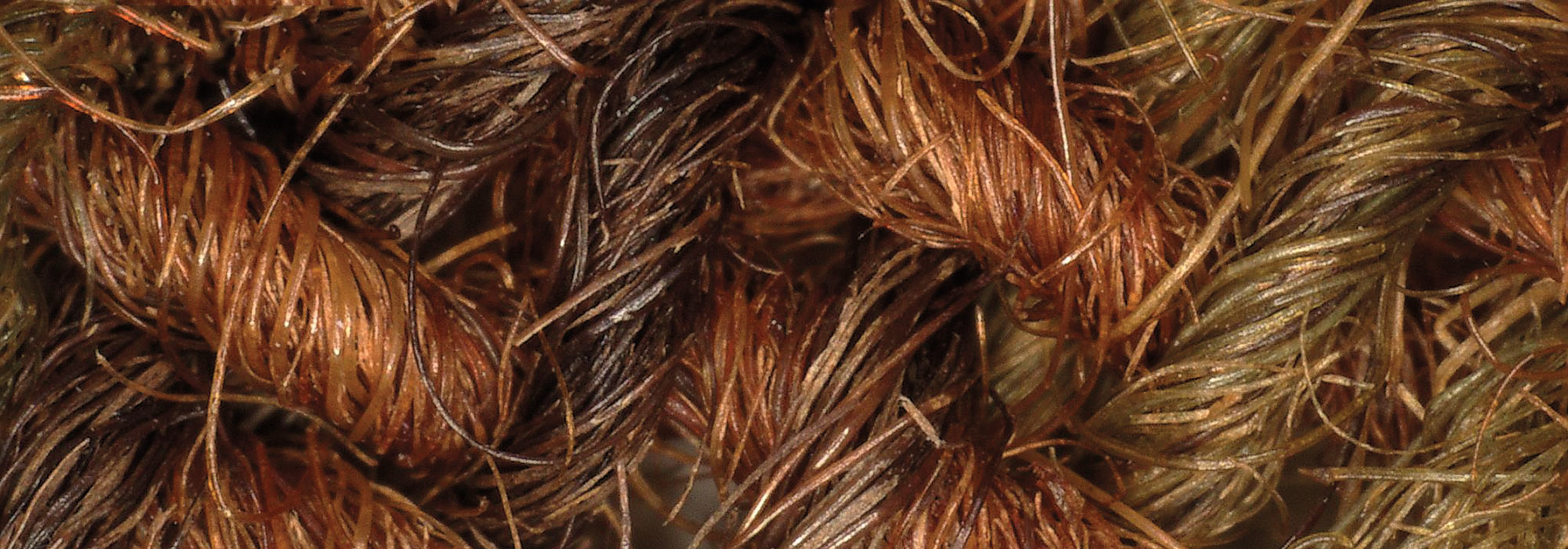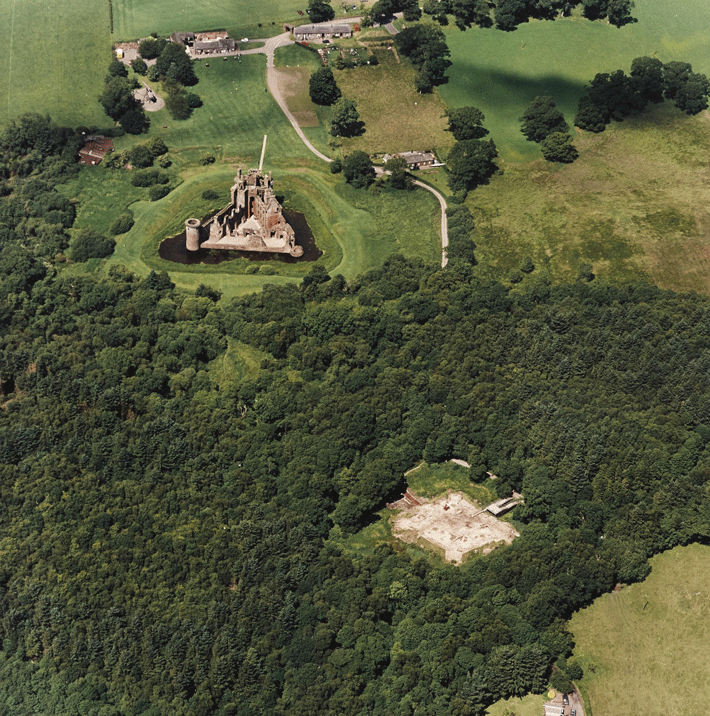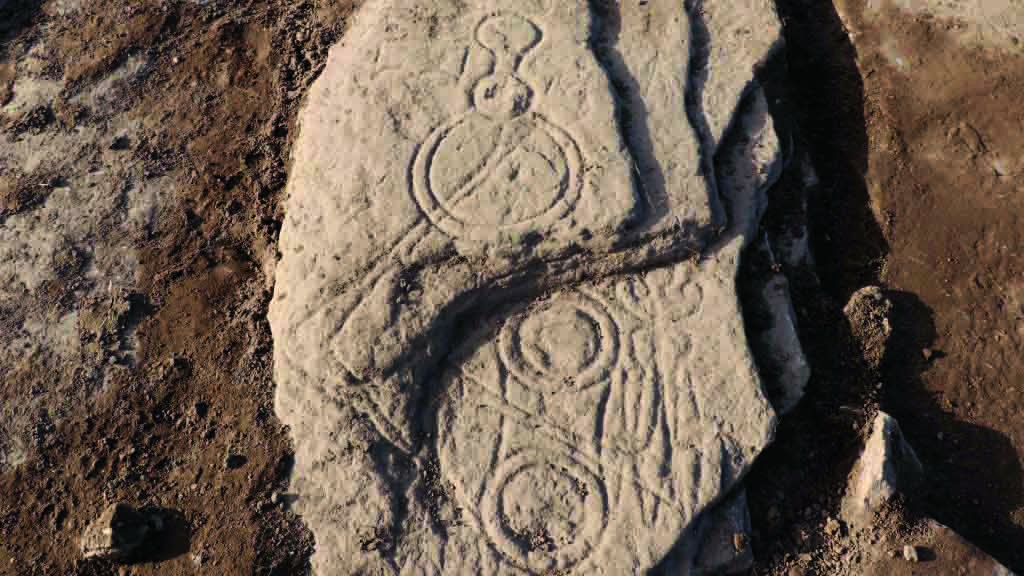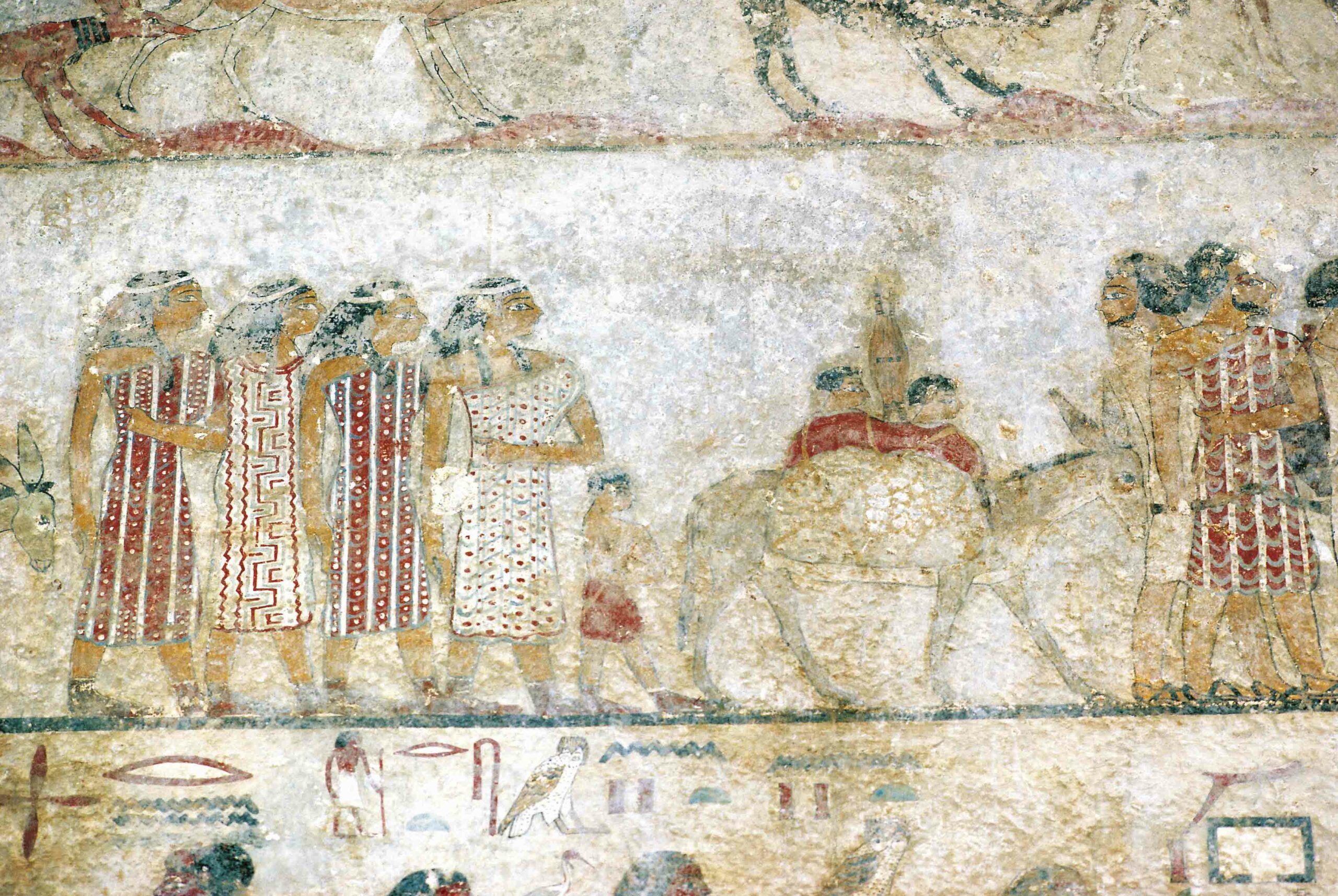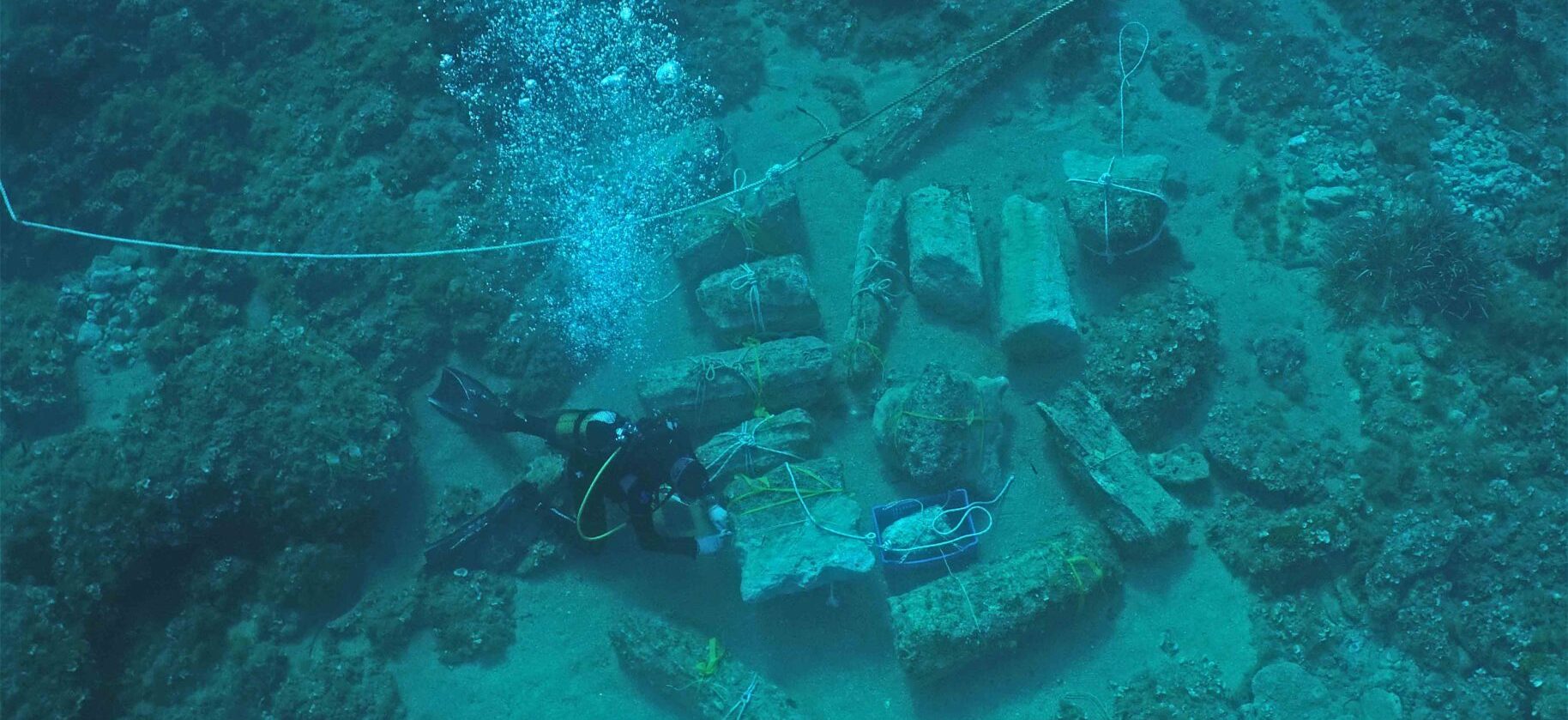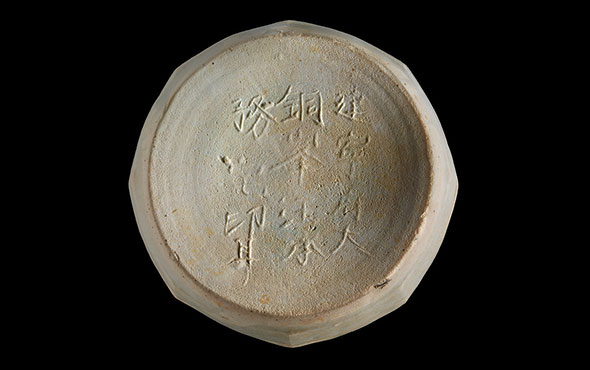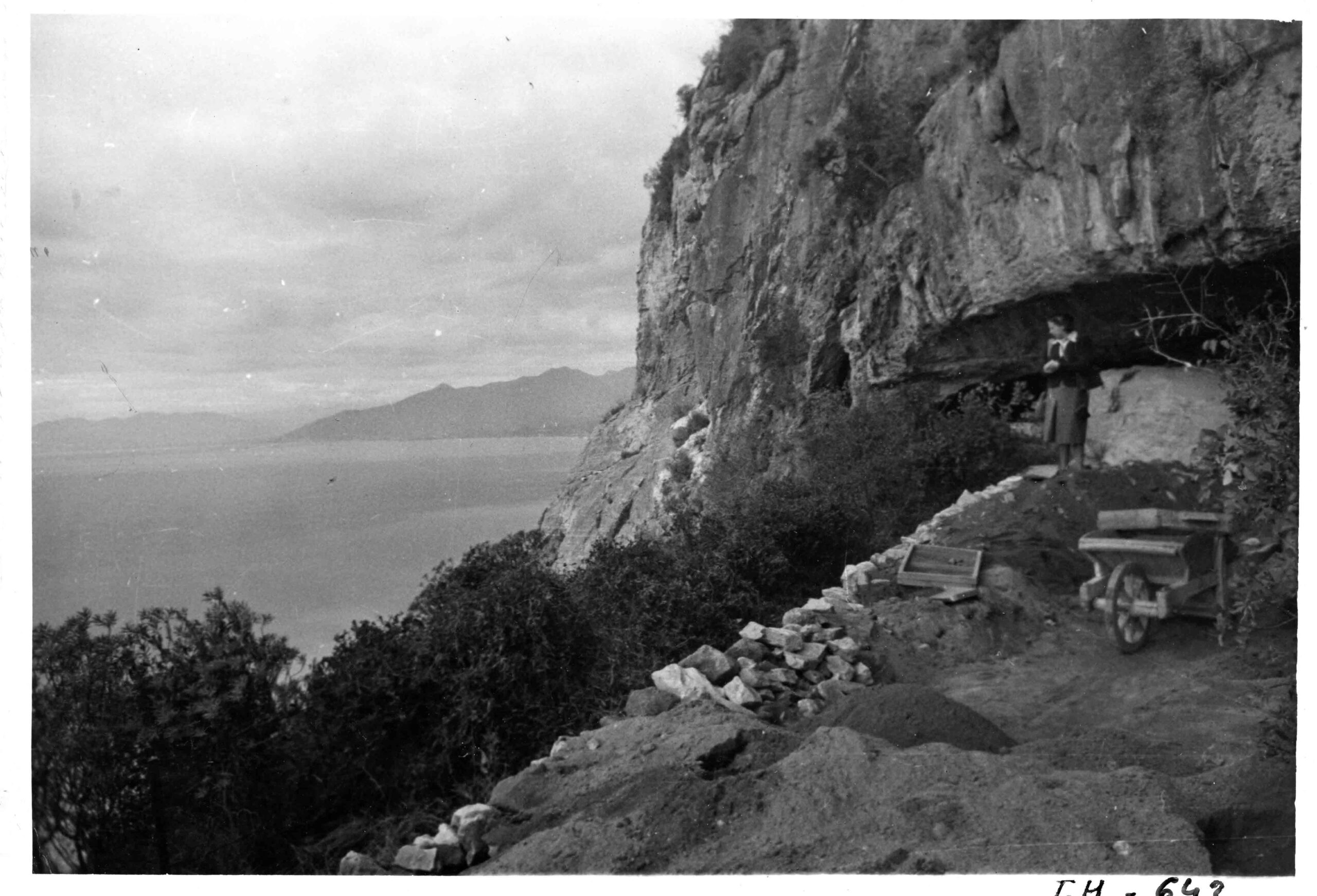
ABERDEEN, SCOTLAND—Live Science reports that Scotland’s Picts may have begun carving symbols onto stone, bone, and metal objects some 1,700 years ago, perhaps as a form of written language. Gordon Noble of the University of Aberdeen and scientists with the Northern Picts Project excavated sites where Pictish carvings had been discovered in the past. These including Dunnicaer, a coastal fort found to have been in use between the second and fourth centuries A.D., and a wooden enclosure known as Rhynie, found to have been in use between the fourth and sixth centuries A.D. The researchers suggest the new dates for these sites push back the Picts’ use of symbols, which may have been inspired by contact with the Romans and their writing system. Noble said it is unlikely scholars will crack the Pictish code, however, unless a text written in both Pictish symbols and a known language can be found. To read about attempts to reassemble a broken sandstone slab carved by the Picts, go to “Game of Stones.”


